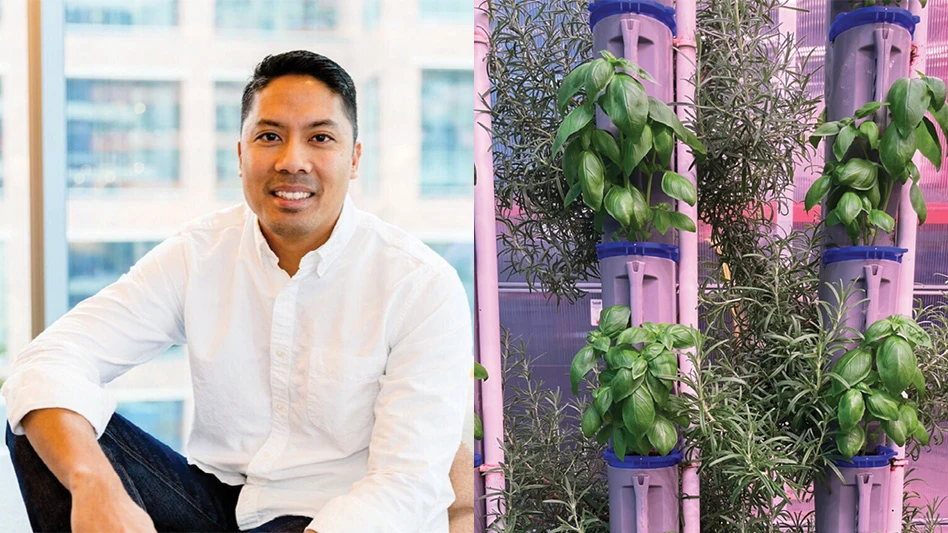
Produce Grower: We see a lot of your products being used in the rapidly growing leafy greens market. What are the specific needs and concerns of this market regarding this type of production?
Pierre-Marc de Champlain: It is a market that evolves quickly. It really forces us to be proactive and agile with those customers. They have a lot of automation and there's quite a bit of variety in the kinds of production systems they use to produce leafy greens. So that means certain needs are common, but others can be different from one type of production system to another. Uniformity is critical for all of those customers. This helps mixes to flow smoothly through automated systems. Food safety is also a universal concern. And all growers need high-performance production. If you add another turn or two per year, that's a big game changer for them.
PG: How do these needs differ from some of your other customers, such as vegetable seedling producers?
PMC: Some of the characteristics of the growing media are going to be similar for both productions. Obviously, uniformity and quality are important for everyone. The physical structure of the mixes can also be very similar because, even though the cavities of trays for deep water culture are typically very small, others systems such as NFT are using larger cavity trays. That's similar to vegetable seedling productions. Now, vegetable seedling producers are naturally more concerned about the fertilizer starter charge of their mix — generally speaking, they want a very low nutrient content to have complete control on fertilization.
PG: How have you adapted your practices to make your products safer for food production?
PMC: The key is monitoring and adapting a proactive approach. We have analyzed all our processes to identify where we are at risk, and we have implemented a plan of action to eliminate or mitigate as many potential sources of contamination as possible. We are now continually scrutinizing our operations regardless of the target market to stay ahead of any issues. We are doing our part, but growing media is only one potential source of contamination. Obviously, leafy green growers are being mindful of all their own inputs and processes. For example, they can do a lot to reduce the number of touches in their facility. This is where automation can be extremely helpful. And like anyone, they are also concerned with plant pest and disease issues, too. The good news is that the same strategies used to improve food safety are also helping to reduce plant pathogen pressure.
PG: Why is Berger in a good position to provide solutions to CEA growers in general?
PMC: Our quality system (ISO certification) already gives us a bit of a natural edge. Quality has always been our main focus point. It helps us guide our decision process, and it allows us to produce uniform products that are safe to use for food production no matter where or when they are produced. We are very proud of this and stand behind the quality of our products. Whether you order your product in the middle of summer or the dead of winter, regardless of the factory you're getting your load from, the product will be the same.

Explore the December 2022 Issue
Check out more from this issue and find your next story to read.
Latest from Produce Grower
- Consumer Curiosity Report explores food, nutrition opinions from 'early adopters'
- Your comprehensive guide to Indoor Ag-Con ’25
- Sollum Technologies and Indoor Ag-Con announce recipients of Sollum Student Scholarship
- 80 Acres Farms expands to Georgia, Texas and Colorado
- This fast and agile robotic insect could someday aid in mechanical pollination
- AmericanHort urges exclusion of sphagnum peat moss from proposed Canadian tariff
- The Growth Industry Episode 2: Emily Showalter on how Willoway Nurseries transformed its business
- Moleaer expands irrigation product line featuring nanobubble technology





